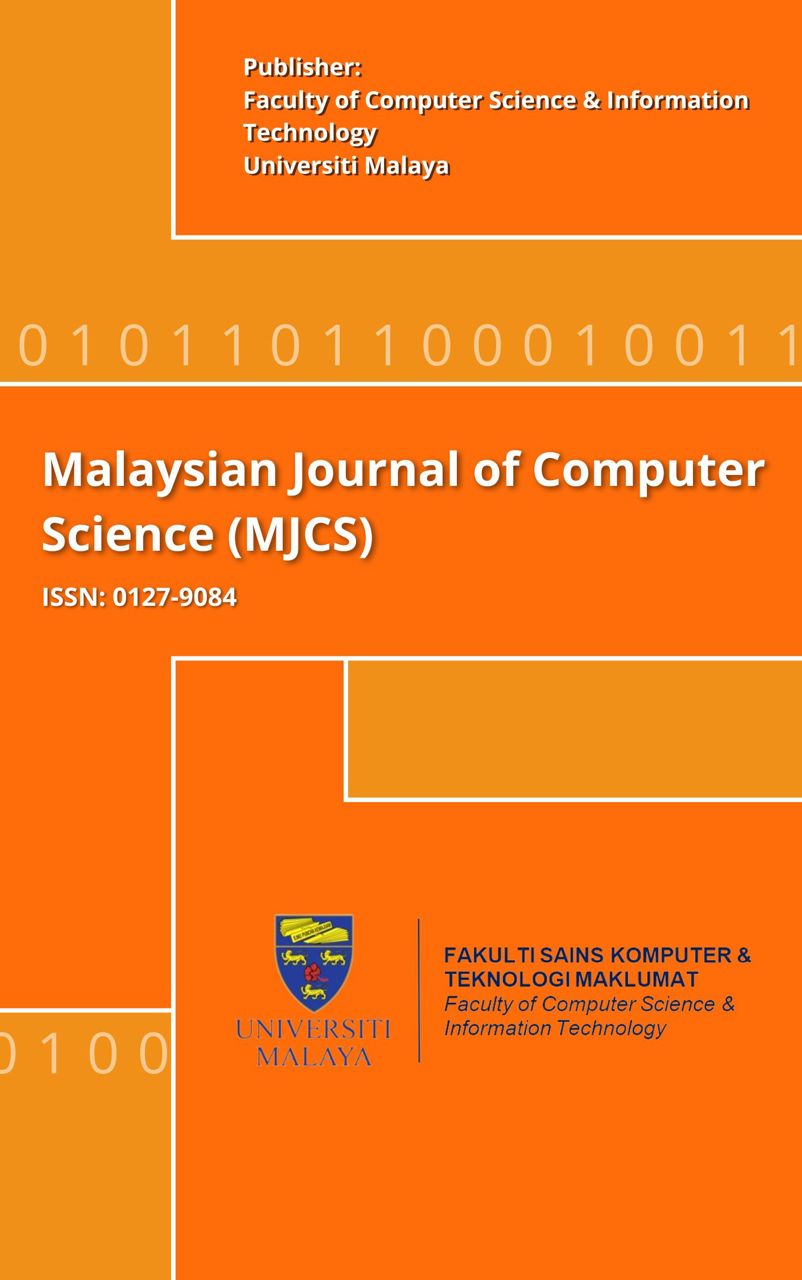Comparative Study of Feature Selection Approaches for Urdu Text Categorization
Main Article Content
Abstract
This paper presentsacomparative study of feature selection methods for Urdu text categorization. Fivewellknownfeature selection methods were analyzedby means ofsixrecognized classification algorithms: support vector machines (with linear, polynomial and radial basis kernels), naive Bayes, k-nearest neighbour (KNN), and decision tree (i.e. J48). Experimentations are performed on two test collections includinga standard EMILLE collection and a naive collection. We have found that information gain, Chi statistics, and symmetrical uncertainfeature selection methods have uniformly performed in mostly cases. We also found that no solo feature selection technique is best for every classifier.That is,naive Bayes and J48 have advantage with gain ratio than other feature selection methods. Similarly, support vector machines (SVM) and KNN classifiers have shown top performance with information gain.Generally,linear SVM with any of feature selection methods outperformed other classifiers on moderate-size naive collection.Conversely, naive Bayes with any of feature selection technique has an advantage over other classifiers for a small-size EMILLE corpus.
